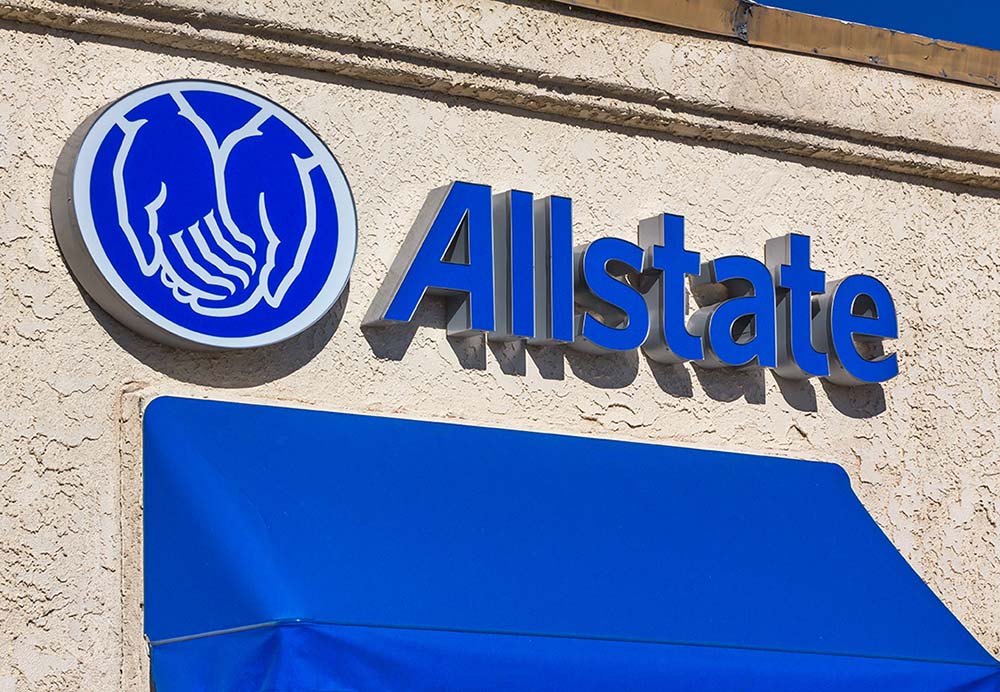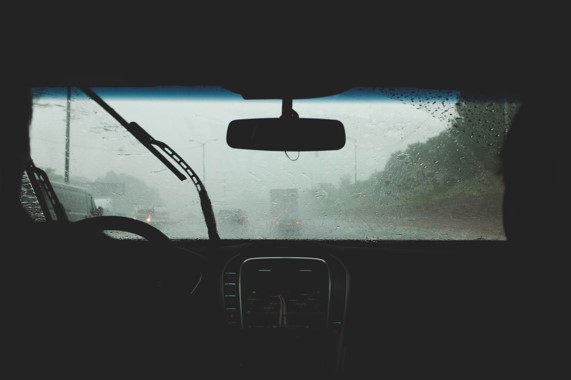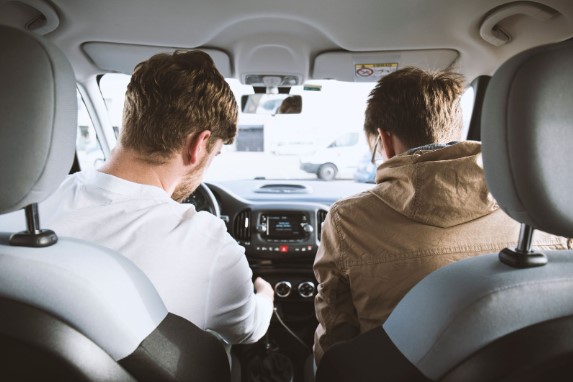
Allstate announced on Wednesday that it will now be offering auto insurance plans for drivers who pick up passengers via apps like Uber and Lyft. This is a massive relief for the drivers, who are usually victims to the gig economy, which is a way that employers can avoid giving its drivers things like insurance. Many drivers have complained about the lack of access to insurance when they’re pulling many hours driving for the company, feeling it doesn’t give back to them.
According to Chicago Business, the brand new Ride for Hire policy will come with a price tag of about $15 to $20 per month and will “provide coverage for drivers who get into accidents while they are on the way to pick up new fares.”
To start, the policy will only be available in Illinois, Colorado, Texas, and Virginia, though Allstate hopes to expand into more states in 2016. Farmers, Geico and USAA all started offering this type of insurance in a few states earlier in the year.
Uber and Lyft have policies in place where they cover the drivers with insurance when they have passengers in the car (after all, the customers are some precious cargo and these companies will want to make sure that their valued consumers are taken care of). And the drivers also need to have their own personal insurance policies for their cars, which is part of where the contention from the drivers toward the companies they drive for comes from—the drivers feel as if they should have their insurance paid for by major organizations like Lyft and Uber because they have the budget (it’s easy to assume, anyway that they do) to pay for these drivers’ auto insurance, even if they aren’t full-time employees of the organizations.
Allstate said, however, that they as an organization have a higher deductible than an individual driver would. This makes sense if you think about the fact that they’ll be covering multiple drivers and will need to extend coverage to all of these drivers. Therefore, it makes sense that a driver can likely get a lower deductible on their own than what the driving app would have to pay. However, it must be a massive relief to the drivers who are looking to get some sort of coverage from the companies that they work for, especially because it’s been a conversation for years.





